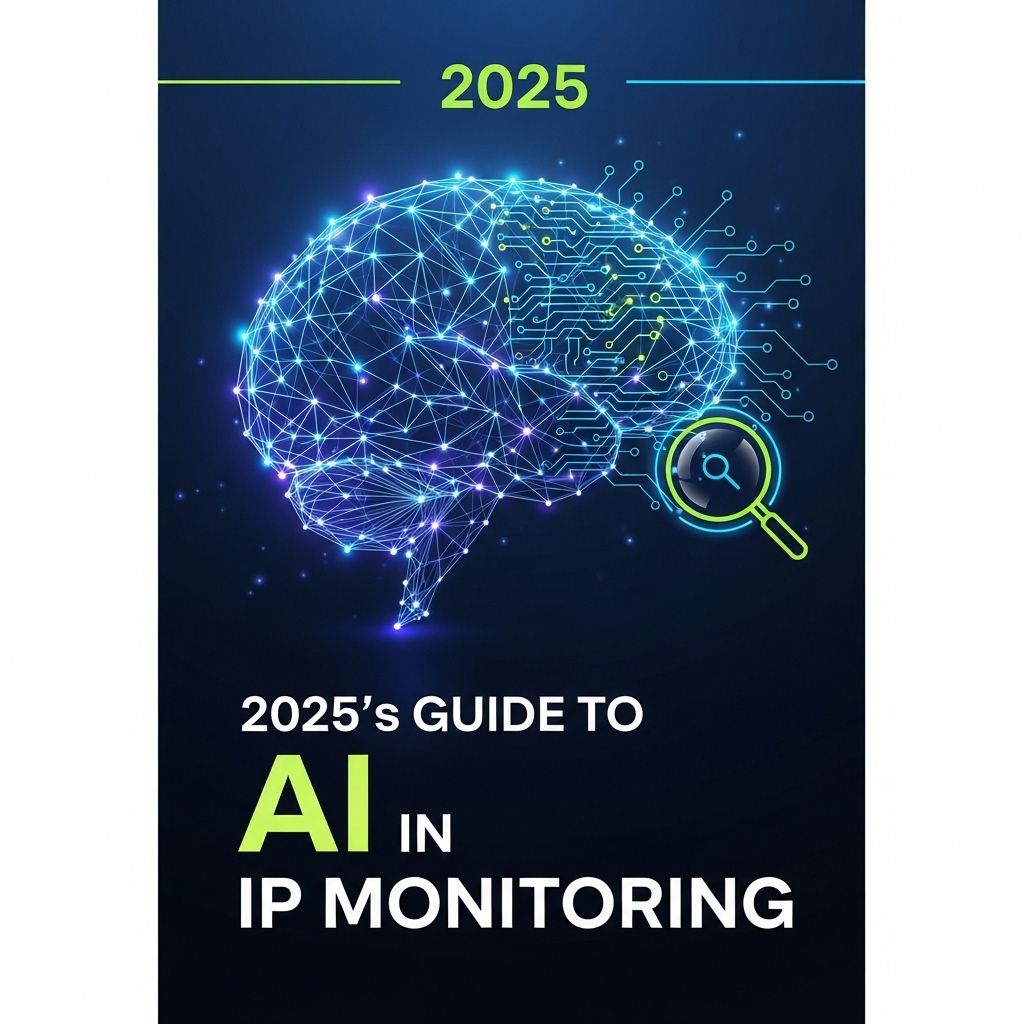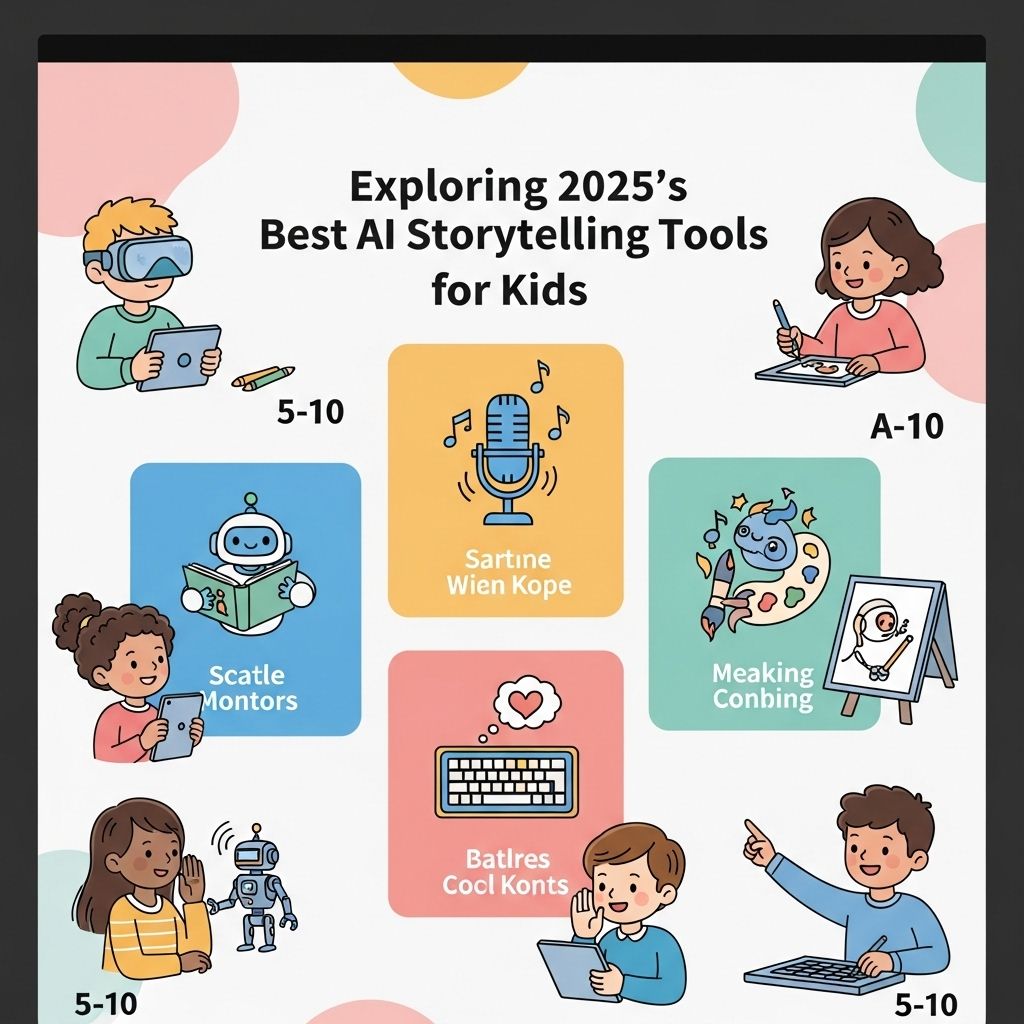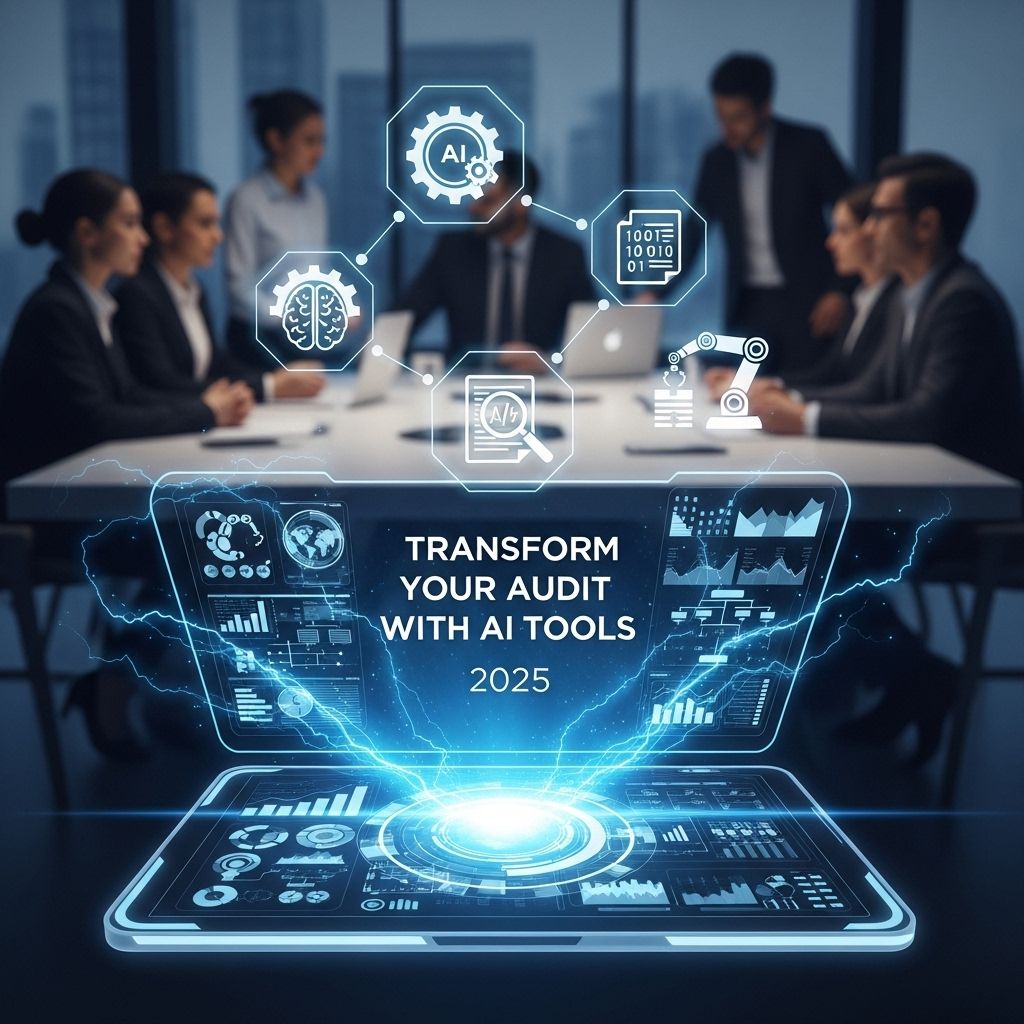Mastering VDI for Seamless Remote Access in 2025
Discover essential strategies and tools for mastering VDI to enhance remote access efficiency in 2025 and beyond.

As remote work continues to gain traction, Virtual Desktop Infrastructure (VDI) emerges as a vital technology. It enables businesses to provide access to applications and data from anywhere, fostering productivity and collaboration. In 2025, mastering VDI becomes crucial for organizations looking to streamline their operations and ensure data security. This article explores the latest trends, benefits, and best practices in VDI for remote access.
Table of Contents
Understanding VDI
Virtual Desktop Infrastructure allows users to access a virtualized desktop environment hosted on a remote server. This technology abstracts the desktop from the physical hardware, enabling users to connect via various devices. The server-side management of resources ensures that applications and data are centralized, providing enhanced security and control.
Components of VDI
- Virtualization Software: Tools like VMware, Citrix, and Microsoft Hyper-V that create and manage virtual machines.
- Connection Broker: A service that authenticates users and directs them to the appropriate virtual desktop.
- Storage Solutions: High-performance storage systems that support rapid data access and redundancy for virtual machines.
- Network Infrastructure: Robust networking solutions that ensure low latency and high bandwidth for seamless user experiences.
The Evolution of VDI in 2025
As we progress in the digital age, VDI technologies are evolving to meet the demands of modern enterprises. Key trends shaping VDI in 2025 include:
1. Cloud Integration
Many organizations are shifting towards a hybrid cloud model for VDI, leveraging both on-premises and cloud resources. This allows for greater flexibility and scalability. Cloud VDI solutions offer:
- Reduced hardware costs.
- Quick deployment and scaling of virtual desktops.
- Enhanced disaster recovery options.
2. Increased Focus on Security
With the rise of cyber threats, security remains a top priority. VDI solutions in 2025 will incorporate advanced security measures such as:
- Multi-factor authentication (MFA).
- Advanced threat detection and response systems.
- End-to-end encryption for data in transit and at rest.
3. Enhanced User Experience
Providing a seamless and responsive user experience is essential for productivity. The following technologies are being integrated into VDI to enhance usability:
- High-definition graphics for better visual performance, especially in graphics-intensive applications.
- AI-driven performance optimization tools that adapt resources based on user needs.
- Improved mobile support, allowing access from smartphones and tablets.
Benefits of Using VDI for Remote Access
Implementing VDI for remote access offers numerous benefits that can drive organizational growth and efficiency:
1. Centralized Management
VDI allows IT departments to manage all desktops from a single location, simplifying updates, security patches, and resource allocation.
2. Cost Efficiency
While the initial setup may require investment, VDI can lead to significant cost savings over time through:
- Reduced hardware expenses.
- Lower energy consumption.
- Minimized downtime through centralized backups and recovery processes.
3. Scalability
VDI systems can easily scale up or down based on fluctuating workforce demands, making it ideal for businesses with seasonal workloads or rapid growth.
Best Practices for Implementing VDI
To successfully implement VDI, organizations should follow these best practices:
1. Assess User Needs
Not all users require the same resources. Conducting a thorough assessment of user requirements will help tailor the VDI experience:
- Identify roles and their application needs.
- Determine the required performance levels.
- Analyze the types of devices used by employees.
2. Choose the Right Infrastructure
Selecting the appropriate underlying infrastructure is crucial. Key considerations include:
| Factor | On-Premises | Cloud-Based |
|---|---|---|
| Scalability | Limited by physical hardware | Highly scalable |
| Cost | Capital expenses | Operational expenses |
| Management | In-house IT management required | Vendor-managed |
3. Implement Robust Security Measures
As mentioned earlier, security should be a cornerstone of any VDI implementation. Consider the following:
- Regularly update security protocols and tools.
- Conduct vulnerability assessments and penetration testing.
- Train employees on security best practices.
Conclusion
VDI is poised to revolutionize the way organizations approach remote access in 2025. By mastering VDI technologies and adhering to best practices, businesses can enhance their operational efficiency, reduce costs, and create a secure environment for employees to work flexibly. As the landscape of remote work continues to evolve, investing in VDI will undoubtedly position companies favorably in the competitive market.
FAQ
What is VDI and how does it work for remote access?
VDI, or Virtual Desktop Infrastructure, allows users to access a virtual desktop hosted on a centralized server. This setup enables remote access to applications and data from any device with internet connectivity.
What are the benefits of using VDI for remote work in 2025?
In 2025, VDI offers enhanced security, centralized management, cost savings on hardware, and improved collaboration tools, making it an ideal solution for remote work.
How can businesses ensure VDI security for remote access?
Businesses can enhance VDI security by implementing multi-factor authentication, regular software updates, and robust firewall protections to safeguard data and access.
What are the common challenges faced when implementing VDI?
Common challenges include high initial setup costs, network bandwidth limitations, and the need for ongoing maintenance and support to ensure optimal performance.
How does VDI improve employee productivity in a remote environment?
VDI improves productivity by providing employees with consistent access to the same desktop environment, regardless of location, while enabling easy collaboration and resource sharing.
What trends in VDI should businesses watch for in 2025?
Key trends include increased integration with cloud services, advancements in AI for performance optimization, and a shift towards more user-friendly interfaces for enhanced employee experience.







